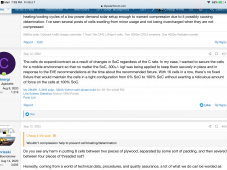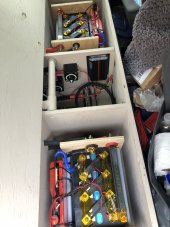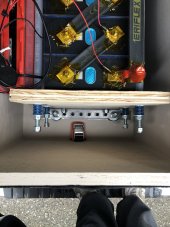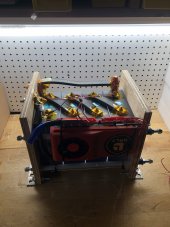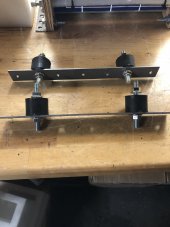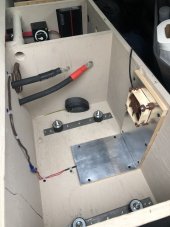This is a very interesting and controversial topic. I didn't read the entire thread but I think I agree with most stuff and something I wasn't thinking about but definitely makes sense is this:
So my 8S pack will definitely have a 4x2 configuration instead of an 8x1.
I think everyone is here to learn and share experiences and knowledge to apply to their own setup, and that's exactly what I'm here for. So I'll go ahead with my own question.
My 8S 24V 280ah with JK BMS battery will be used in a mobile environment, a truck camper which will experience light offroad and hence a lot of vibration. What's the best setup for this? My goal is to have the smallest and lightest pack possible.
I was planning on using the classic rigid busbars that came with the cells and also a copper busbar to connect the BMS, t-class fuse, and battery switch, mainly because I already have the copper bar but also so I can get short and efficient connections without adding too many points of contacts. My thinking was to mount everything on the battery enclosure made of plywood, have it lightly compressed with simple threaded rods as a whole rigid package, and then mount that to the camper with rubber dampening. But after reading this I'm concerned about vibrations loosening all of the bolts over time. Not sure if lock nuts have been mentioned here, is that a bad idea? EDIT: It is, never mind, better to stick with serrated nuts.



